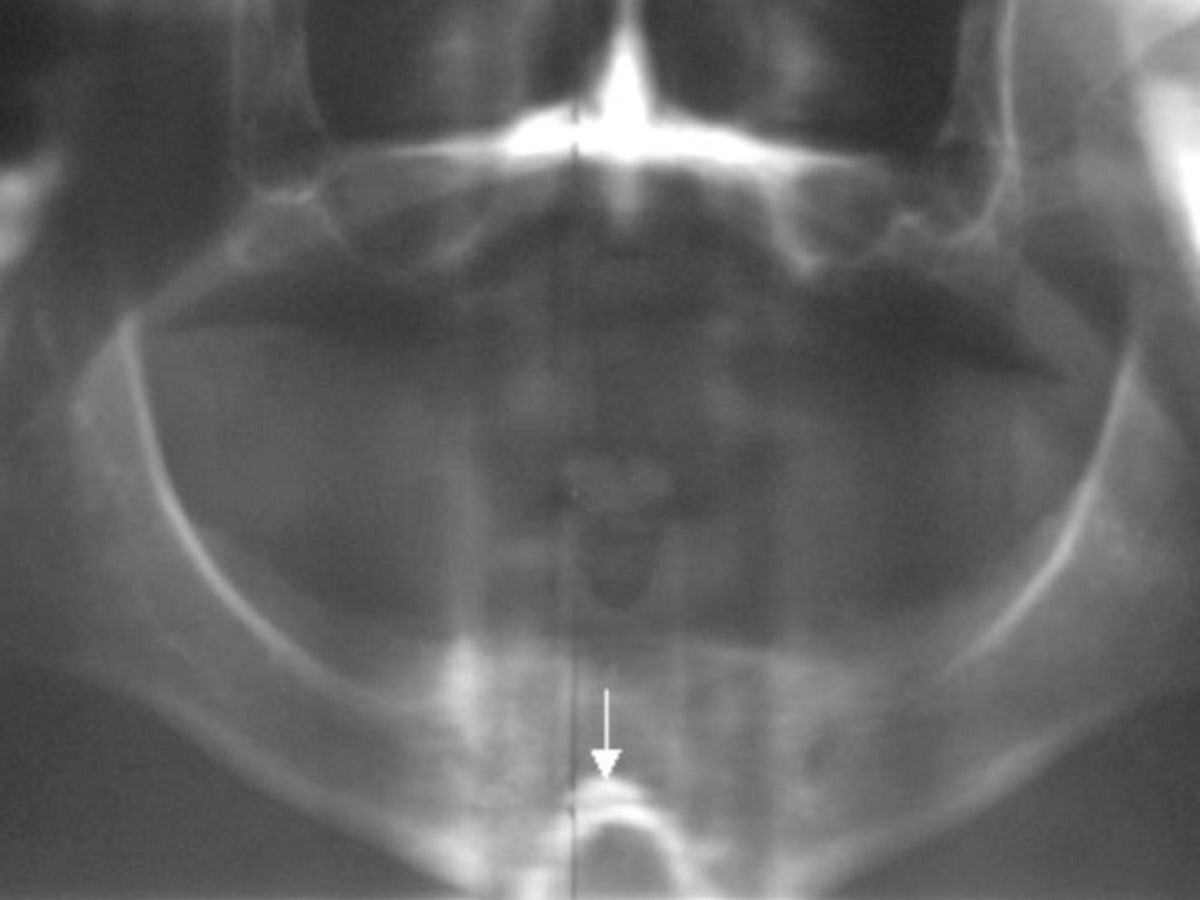
Tricho-Dento-Osseous Syndrome (TDO) is a rare genetic disorder that affects hair, teeth, and bones. Ever wondered why some people have unusually curly hair, brittle teeth, or dense bones? TDO might be the answer. This condition is caused by mutations in the DLX3 gene, leading to a variety of symptoms that can vary widely even within the same family. Symptoms often include enamel hypoplasia, taurodontism, and increased bone density. Understanding TDO can help in managing its effects and improving quality of life. Let's dive into 40 intriguing facts about this unique syndrome to shed light on its complexities and nuances.
Key Takeaways:
- Tricho-Dento-Osseous Syndrome affects hair, teeth, and bones due to a gene mutation. It can cause curly hair, enamel issues, and increased bone density, but proper care and support can help manage the symptoms.
- Diagnosis involves clinical evaluation, genetic testing, and imaging. Treatment options include dental care, fluoride treatments, and genetic counseling. Living with TDO requires support, regular check-ups, and advocacy for awareness and research.
What is Tricho-Dento-Osseous Syndrome?
Tricho-Dento-Osseous Syndrome (TDO) is a rare genetic disorder that affects hair, teeth, and bones. This condition can lead to various physical anomalies and health challenges. Here are some intriguing facts about TDO to help you understand it better.
-
TDO is inherited in an autosomal dominant pattern, meaning only one copy of the altered gene is needed to cause the disorder.
-
The DLX3 gene mutation is responsible for TDO. This gene plays a crucial role in the development of hair, teeth, and bones.
-
Hair abnormalities are common in TDO. Individuals often have curly, kinky, or frizzy hair.
-
Enamel hypoplasia is a hallmark of TDO. This condition results in thin, underdeveloped enamel on the teeth.
-
People with TDO may experience taurodontism, where the teeth have an enlarged pulp chamber and shortened roots.
-
Increased bone density is another characteristic of TDO. This can lead to brittle bones and an increased risk of fractures.
-
Delayed tooth eruption is often seen in children with TDO, causing dental development issues.
-
Dental caries or cavities are more common in individuals with TDO due to enamel defects.
-
Nail abnormalities can also occur, including ridged or pitted nails.
-
TDO can lead to craniofacial anomalies, such as a prominent forehead or a flat nasal bridge.
How is Tricho-Dento-Osseous Syndrome Diagnosed?
Diagnosing TDO involves a combination of clinical evaluation, family history, and genetic testing. Here are some key facts about the diagnosis process.
-
Clinical evaluation includes a thorough examination of hair, teeth, and bones by a healthcare professional.
-
Family history is crucial in diagnosing TDO, as it is an inherited disorder.
-
Genetic testing can confirm the presence of the DLX3 gene mutation.
-
Radiographic imaging helps assess bone density and dental anomalies.
-
Dental X-rays are used to identify enamel hypoplasia and taurodontism.
-
Hair analysis can reveal structural abnormalities in the hair shaft.
-
Bone density scans may be performed to evaluate increased bone density.
-
Prenatal testing is available for families with a known history of TDO.
What are the Treatment Options for Tricho-Dento-Osseous Syndrome?
While there is no cure for TDO, various treatments can help manage symptoms and improve quality of life. Here are some treatment options.
-
Dental care is essential for individuals with TDO. Regular check-ups and preventive measures can help manage dental issues.
-
Fluoride treatments can strengthen enamel and reduce the risk of cavities.
-
Orthodontic treatment may be necessary to address dental alignment issues.
-
Prosthetic devices like crowns or bridges can restore damaged teeth.
-
Bone health management includes monitoring bone density and taking measures to prevent fractures.
-
Hair care involves using gentle hair products and avoiding harsh treatments.
-
Nail care may include moisturizing and protecting nails to prevent damage.
-
Genetic counseling can provide information and support to affected families.
Living with Tricho-Dento-Osseous Syndrome
Living with TDO can present challenges, but with proper care and support, individuals can lead fulfilling lives. Here are some facts about living with TDO.
-
Support groups can offer emotional support and practical advice for individuals and families affected by TDO.
-
Educational resources can help families understand the condition and manage symptoms effectively.
-
Regular medical check-ups are important to monitor and address any health issues related to TDO.
-
Healthy lifestyle choices such as a balanced diet and regular exercise can support overall well-being.
-
Mental health support is crucial, as living with a chronic condition can be emotionally challenging.
-
Advocacy for individuals with TDO can help raise awareness and promote research into the condition.
-
Adaptive devices and modifications can improve daily living and independence.
-
Early intervention can make a significant difference in managing symptoms and improving outcomes.
-
Personalized care plans tailored to the individual's needs can enhance quality of life.
-
Community resources such as local support organizations can provide additional assistance.
-
Ongoing research is essential to better understand TDO and develop new treatments.
-
Patient education empowers individuals to take an active role in managing their condition.
-
Collaboration between healthcare providers, patients, and families is key to effective management of TDO.
-
Hope for the future lies in continued research and advancements in genetic medicine.
Final Thoughts on Tricho-Dento-Osseous Syndrome
Tricho-Dento-Osseous Syndrome (TDO) is a rare genetic disorder affecting hair, teeth, and bones. Understanding TDO helps in managing symptoms and improving quality of life. Early diagnosis is crucial for effective treatment. Genetic counseling can provide valuable insights for families dealing with TDO. Regular dental check-ups and proper hair care routines are essential. Bone health should be monitored closely to prevent complications. Awareness and education about TDO can lead to better support and resources for those affected. Sharing information about TDO can help others recognize symptoms and seek timely medical advice. By staying informed, individuals and families can navigate the challenges of TDO more effectively. Remember, knowledge is power when it comes to managing rare conditions like TDO. Stay proactive, seek support, and prioritize health to live well with TDO.
Frequently Asked Questions
Was this page helpful?
Our commitment to delivering trustworthy and engaging content is at the heart of what we do. Each fact on our site is contributed by real users like you, bringing a wealth of diverse insights and information. To ensure the highest standards of accuracy and reliability, our dedicated editors meticulously review each submission. This process guarantees that the facts we share are not only fascinating but also credible. Trust in our commitment to quality and authenticity as you explore and learn with us.


